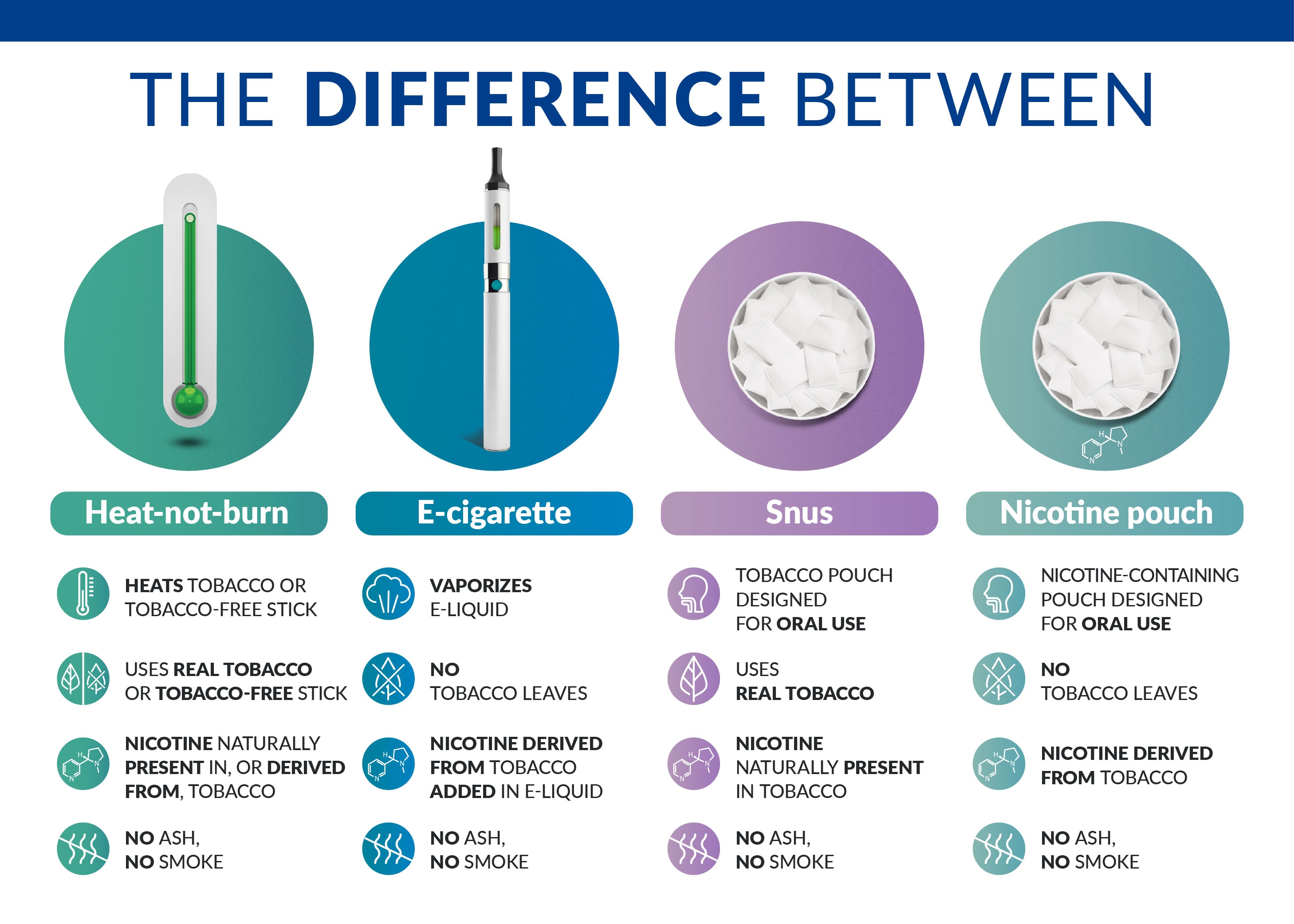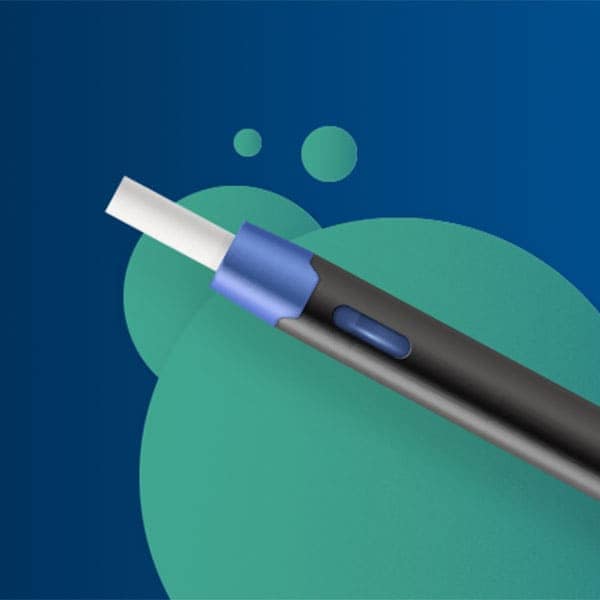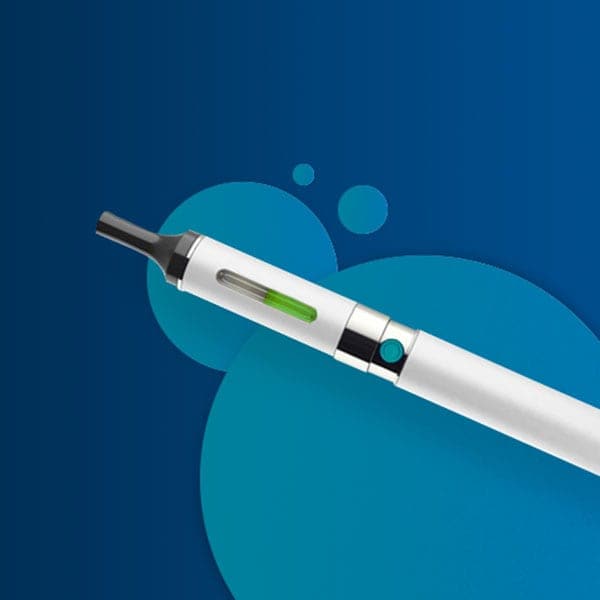Nicotine pouches, snus, chewing tobacco, chew bags, tobacco bits, and moist snuff are nicotine-containing products that are consumed orally. Philip Morris International uses the term “oral smokeless products” to describe this range of smoke-free products.
Oral smokeless products differ from inhaled smoke-free alternatives, such as e-vapor products (also known as vapes or e-cigarettes) and heated tobacco products (also known as heat-not-burn products), in that they are not electric and do not produce vapor which is inhaled. They are consumable products that are placed in the mouth, which releases nicotine and flavors.
Due to the variety of products within this category, there is often confusion about the differences between them and how they work. Specific details and best usage for each product can vary, so always read any accompanying information before use. We’ve answered some of the most asked questions below.
1. What’s the difference between snus and nicotine pouches?
2. What’s the difference between snus and snuff?
3. What’s the difference between Swedish and American snus?
4. What’s the difference between nicotine pouches and nicotine gum (oral nicotine replacement therapies)?
5. Is snus safer than smoking?
6. What’s the difference between moist (wet) and dry snuff?
7. What’s the difference between moist (wet) and dry nicotine pouches?
8. Why do nicotine pouches have different nicotine levels?
9. Why do nicotine pouches come in different sizes?
10. Is chewing tobacco the same as snus?
11. What is dip tobacco?
12. Can I swallow my saliva when using snus or nicotine pouches?
What’s the difference between snus and nicotine pouches?
Although snus and nicotine pouches are similar in appearance and are both used in the mouth, there are differences between them.
While snus (rhymes with “moose”) is made from tobacco, nicotine pouches do not contain tobacco leaves.
Nicotine pouches usually contain nicotine extracted from tobacco, although some use synthetic nicotine.* This nicotine is combined with fillers—such as natural polymers, cellulose, pH adjusters, stabilizers, and flavors. They are pre-packed in pouches typically made of organic cellulose compounds.
Meanwhile, snus contains a fine tobacco powder usually wrapped in a cellulose pouch, which is placed between the gum and the cheek or upper lip. In some markets, it may be available as a loose powder.
With both snus and nicotine pouches, nicotine is absorbed into the bloodstream by the oral mucosa.
Generally, manufacturers recommend snus pouches are kept in the fridge or cool, dry places to extend their longevity.
What’s the difference between snus and snuff?
Snus and snuff are both tobacco products but are used in different ways. Whilst snus is used orally, snuff was traditionally inhaled through the nose. However, these days—and especially in the U.S.—the term more commonly describes tobacco that is placed in the mouth.
Snus contains air-dried ground tobacco, water, salt, flavoring, and taste additives. It can either come loose, or in pouches, and is placed between the gum and cheek or upper lip.
Snuff is finely ground tobacco and was traditionally consumed by nasal inhalation. Snuff comes in a range of textures and moistness, including dry snuff and creamy snuff. There is also moist snuff (also known as “dip”), which can be put in the mouth.
Regulations on the use and availability of snus and snuff can vary between markets.
What’s the difference between Swedish and American snus?
Swedish snus is usually available as either loose tobacco or in a pouch. It’s characterized by a strong tobacco flavor. Meanwhile, American snus usually has less of a tobacco flavor, is not as moist as Swedish snus, and tends to be sweeter.
Swedish snus commonly contains higher levels of nicotine than American snus due to the difference in portion sizes.
What’s the difference between nicotine pouches and nicotine gum (oral nicotine replacement therapies)?
Nicotine gum is used by smokers (sometimes on medical prescriptions) to help them control their nicotine cravings while quitting cigarettes. It is a type of chewing gum containing nicotine.
While nicotine gum is widely recognized as a cessation aid, nicotine pouches are not, and should be used by adult smokers who would otherwise continue smoking cigarettes. However, both contain nicotine usually derived from tobacco plants.
Is snus safer than smoking?
The high levels of harmful chemicals found in cigarette smoke are due to the combustion (burning) of tobacco. However, smoke-free alternatives, such as oral smokeless products, do not burn tobacco.
Snus and most other oral smokeless products do contain nicotine, which is addictive and is not risk-free. However, nicotine is not the primary cause of smoking-related diseases.
Snus has been available in Sweden for decades and is the only smoke-free product that is supported by decades of epidemiological data that demonstrates that smokers who switch to snus are at lower risks of developing many smoking- and tobacco-related diseases, making it a better choice for adults than continuing to smoke cigarettes.

What’s the difference between moist (wet) and dry snuff?
Moist snuff is made of cured and fermented tobacco processed into fine particles and is consumed orally. Dry snuff is fire-cured tobacco processed into a powder, which can be inhaled or put in the mouth. Both may require spitting after use.
What’s the difference between moist (wet) and dry nicotine pouches?
The main difference between the moist and dry nicotine pouches is the moisture level.
Both dry and moist nicotine pouches contain nicotine, flavors, and other additives, but moist nicotine pouches have water added as a component in the production process.
From a consumer point of view, it comes down to preference, as some adults prefer the moist products while others like the dry ones.
Why do nicotine pouches have different nicotine levels?
Nicotine pouches are not made with tobacco leaves and most use nicotine extracted from tobacco, while some use synthetic nicotine.*
Nicotine pouches can vary in strength to cater to a user’s preference. Their availability might depend on local market regulations. The nicotine in pouches is usually measured in milligrams, often indicated on the packaging. In addition, sometimes manufacturers use a dot system, with one dot representing the lowest nicotine level and four or five dots being the highest level among the range of products available in a brand’s portfolio.
Why do nicotine pouches come in different sizes?
Nicotine pouches come in a range of shapes and sizes (e.g., large, mini, and slim) and moisture contents, and provide the consumer with a choice that best suits their personal preference.
Is chewing tobacco the same as snus?
No. Chewing tobacco can be loose leaves, plugs (bricks), twists (rope), or bits (pellets). The user places the tobacco between the cheek and gums, then either chews or holds it in place. The residue is usually spat out. The most popular form of chewing tobacco is loose leaf, while plug and twist tobacco can also be smoked in a pipe, as well as chewed. Twist tobacco can also be ground up into nasal snuff.
Snus is powdered tobacco, which is placed in the mouth, either loose or in a cellulose pouch. Over time, the oral mucosa absorbs the nicotine. Unlike most chewing tobacco, snus is steam pasteurized and the user does not need to spit, disposing of it simply by removing the pouch when finished.
Chew bags are slightly different to chewing tobacco. Although often compared to Swedish snus in terms of look and taste, chew bags feature larger cuts of tobacco leaf, while snus contains tobacco powder. Chew bags can be either dry or moist.
All chewing tobacco and chew bags contain nicotine, which is addictive and not risk-free. However, science-backed smoke-free products that don’t burn tobacco are a much better choice for adult smokers who would otherwise continue using cigarettes.
What is dip tobacco?
Dip tobacco (also called moist snuff, dipping tobacco, spit tobacco, or tobacco dip) is cured and fermented tobacco leaves and is used orally. This type of smokeless tobacco product can be cut into different textures or can be finely ground. Flavorings, sweeteners, binders, and moisture retainers are usually added to the tobacco. The user places a pinch or “dip” of tobacco in the mouth. After use, the consumer usually spits out the residue.
Can I swallow my saliva when using snus or nicotine pouches?
Unlike chewing or dip tobacco, you don’t have to spit out your saliva when using snus or nicotine pouches, since they are intended to be used under the upper lip, which means that saliva production does not increase.
Once a user has finished with a pouch (whether snus or a nicotine pouch), they should remove and dispose of it in the garbage.
* PMI’s smoke-free products use nicotine derived from tobacco, not synthetic nicotine.

.png)




